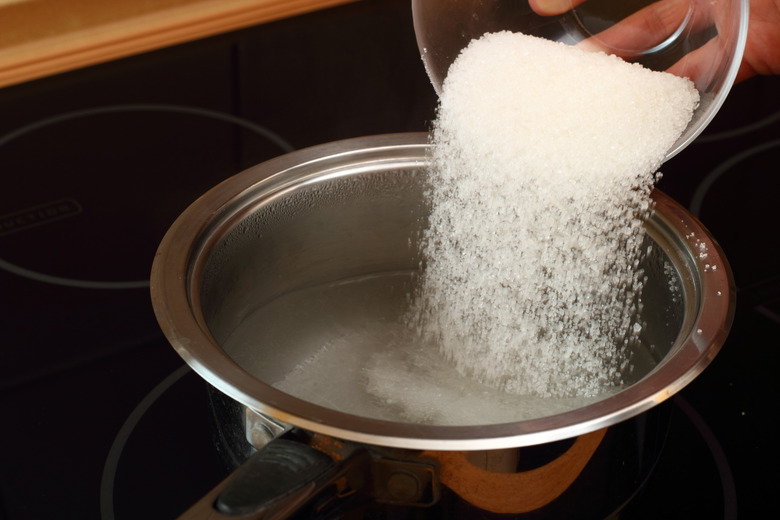What Is The Difference Between A Monosaccharide And A Disaccharide?
Monosaccharides and disaccharides comprise the smallest types of carbohydrates. In general, they exhibit much of the same properties; such as water solubility and a sweet taste. Both consist of only carbon, hydrogen, and oxygen in varying proportions. Monosaccharides serve as carbohydrate monomers; disaccharides are simply two monosaccharide units bonded together. Though both are referred to as sugars — they still exhibit a number of differences.
Chemical Formula
Chemical Formula
The general formula for a monosaccharide is (CH2O)n, where n is an integer greater than or equal to three. Based on the value of n, they can be classified as trioses (glyceraldehyde), tetroses (erythrose), pentoses (ribose), hexoses (glucose), and heptoses (sedoheptulose). Disaccharides, on the other hand, have the general chemical formula Cn(H2O)n-1, as they result from a dehydration reaction between two monosaccharides – a reaction in which a molecule of water is removed.
Functional Group
Functional Group
When two monosaccharides unite to produce a disaccharide and a water molecule, they form a distinctive structural feature called an "acetal linkage," in which a single carbon atom is joined to two ether-type oxygen atoms. This structure is absent in a monosaccharide; however, in its cyclic form, the monosaccharide contains a similar structural feature, a hemiacetal — or hemiketal — functional group – a carbon atom connected to one ether-type oxygen atom and one hydroxyl group. Neither of these structural features exists in an acyclic monosaccharide.
Isomers
Isomers
A typical monosaccharide has only three stereoisomers: its acyclic, or open-chain form, and two cyclic forms — alpha and beta. Two of an acyclic monosaccharide's functional groups go through a nucleophilic addition reaction to form a ring; whereas an a-monosaccharide switches to a b-monosaccharide through mutarotation. A disaccharide, on the other hand, often has more than three diastereoisomers, which result from different bond combinations of different stereoisomers of the same monosaccharide.
Absorption and Metabolism
Absorption and Metabolism
When humans and other animals eat, they normally take in polysaccharides, oligosaccharides, and disaccharides – all of which the body must break down. Starch, for instance, must be digested before the body can absorb it readily. Even smaller molecules such as maltose, a disaccharide, must have its glycosidic linkage broken, forming two glucose molecules, which the body then absorbs and metabolizes in order to function properly.
Cite This Article
MLA
Andrews, Natalie. "What Is The Difference Between A Monosaccharide And A Disaccharide?" sciencing.com, https://www.sciencing.com/difference-between-monosaccharide-disaccharide-8758300/. 13 March 2018.
APA
Andrews, Natalie. (2018, March 13). What Is The Difference Between A Monosaccharide And A Disaccharide?. sciencing.com. Retrieved from https://www.sciencing.com/difference-between-monosaccharide-disaccharide-8758300/
Chicago
Andrews, Natalie. What Is The Difference Between A Monosaccharide And A Disaccharide? last modified March 24, 2022. https://www.sciencing.com/difference-between-monosaccharide-disaccharide-8758300/
